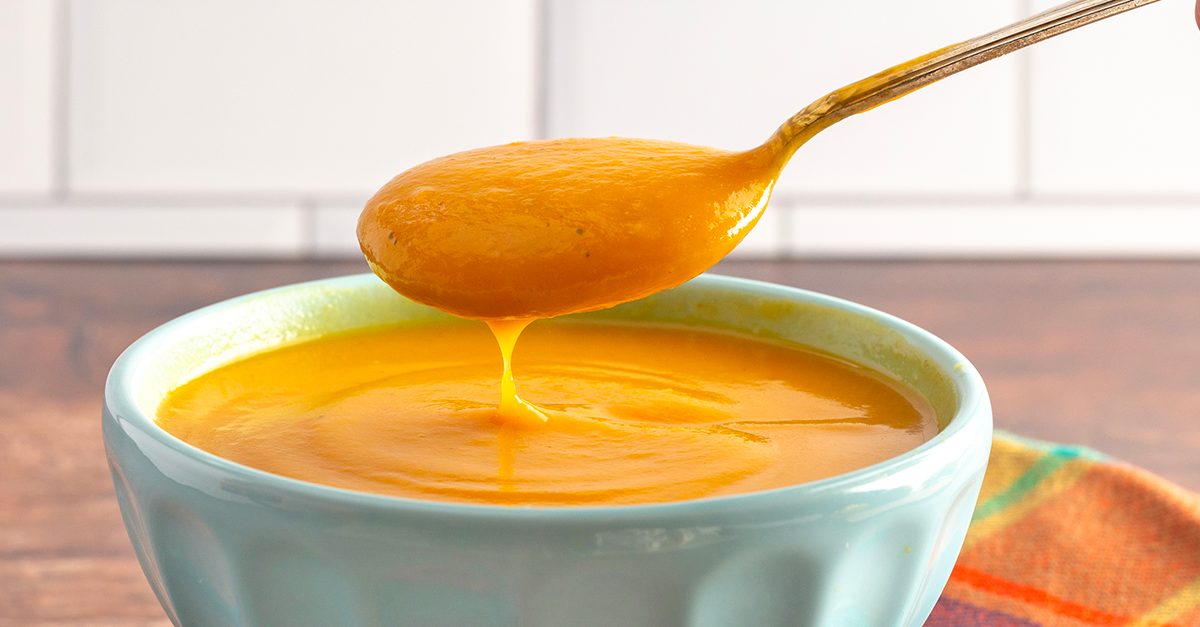A Comprehensive Guide on The Art of Dry Aging Meat
Dry aging meat is a revered technique and you can learn how to achieve restaurant-quality results at home too. From selecting the perfect cuts to mastering the aging process, we have outlined a comprehensive guide that covers everything you need to know to dry age meat like a pro.

Dry aging meat is a time-honored technique that transforms ordinary cuts into extraordinary eating experiences. Whether you're a seasoned chef or an adventurous home cook, understanding dry aging can elevate your cooking to new heights. In this comprehensive guide, we'll explore the intricate process of dry aging, equip you with the knowledge and skills to achieve succulent, flavorful results in your own kitchen.
What is Dry Aging?
At its core, dry aging is a controlled process of aging meat under specific conditions of temperature, humidity, and airflow. Unlike wet aging, which involves vacuum-sealing meat in plastic and allowing it to age in its own juices, dry aging exposes meat to the open air, allowing it to undergo enzymatic and microbial changes that enhance its flavor and tenderness.

During the dry aging process, natural enzymes present in the meat break down connective tissues, resulting in increased tenderness and a more concentrated flavor profile. Additionally, exposure to air promotes the development of unique umami-rich flavors, imparting a depth and complexity that is unparalleled by other aging methods.
What are the Benefits of Dry Aging?
The benefits of dry aging are manifold, with each passing day enhancing the flavor and texture of the meat. Some of the key advantages include:
Improved Flavor Profile
As the meat ages, its flavor becomes more pronounced and nuanced, with hints of nuttiness, sweetness, and umami. The concentration of flavors intensifies, resulting in a depth of taste that is unmatched by fresh meat.
Enhanced Tenderness
The breakdown of collagen and connective tissues during the aging process leads to a tender, melt-in-your-mouth texture. Dry-aged steaks are renowned for their buttery smoothness and succulence, making them a favorite among steak connoisseurs
Unique Texture
Dry aging creates a distinctive texture characterized by a firm exterior crust and a tender, juicy interior. This contrast in textures adds an extra dimension to the eating experience, delighting the senses with every bite.

How to Choose the Right Cuts for Dry Aging
When selecting meat for dry aging, it's important to choose cuts with a generous amount of fat and marbling. These intramuscular fats not only contribute to flavor and juiciness but also act as a protective barrier, helping to prevent the meat from drying out during the aging process. While almost any cut of beef can be dry aged, certain prime cuts are particularly well-suited to the process. These include: ribeye, strip loin and sirloin.
How to Dry Age Meat at Home
While dry aging is often associated with specialty butcher shops and high-end steakhouses, it is entirely possible to dry age meat at home with the right equipment and techniques. Here's a step-by-step guide to getting started:
- Choose high-quality cuts of beef with ample fat and marbling. Trim off any excess fat or silver skin from the surface of the meat.
- Set up a dedicated dry aging fridge or convert a regular refrigerator into a dry aging chamber. Maintain a temperature of 34-38°F (1-3°C) and a humidity level of around 85-90%.
- Place the meat on a wire rack or hanging hooks inside the aging chamber, ensuring adequate airflow around all sides of the meat. Allow the meat to age for a minimum of 21 days, though longer aging periods (up to 60 days or more) can yield even more pronounced flavors.
- Regularly check the temperature and humidity levels inside the aging chamber to ensure they remain within the optimal range. Inspect the meat for any signs of spoilage, such as off odors or mold growth, and discard any affected portions.
- Once the aging process is complete, carefully trim away any dry, hardened crust from the surface of the meat. Cut the meat into steaks or roasts, taking care to remove any remaining silver skin or connective tissue. Cook and serve the dry-aged meat as desired, savoring the unparalleled depth of flavor and tenderness it offers.
;Resize,width=767;)

;Resize,width=712;)
;Resize,width=712;)
